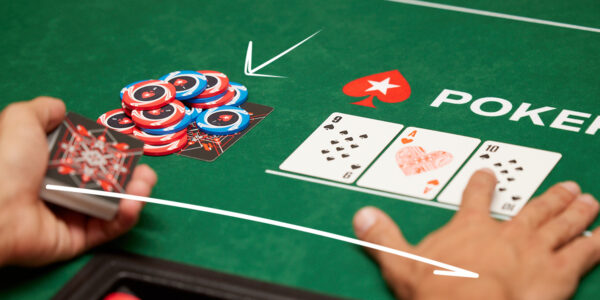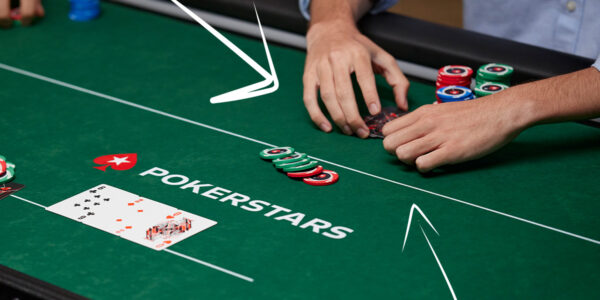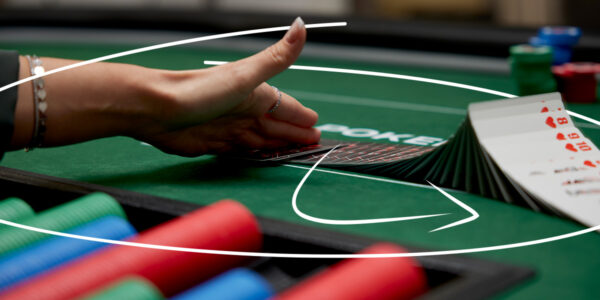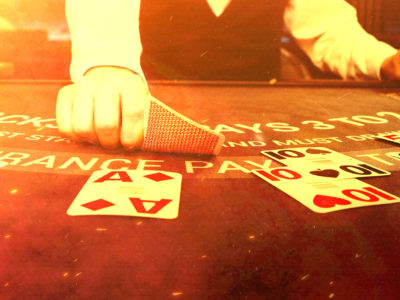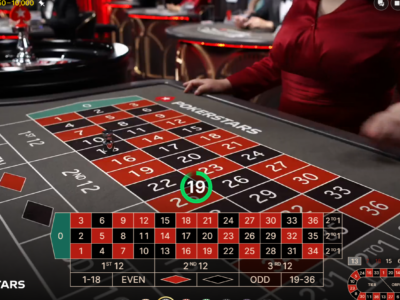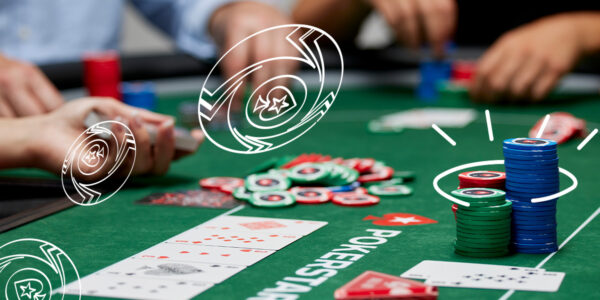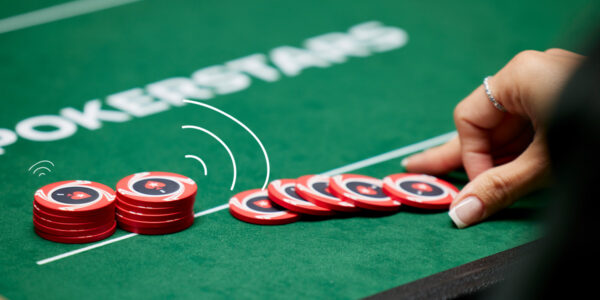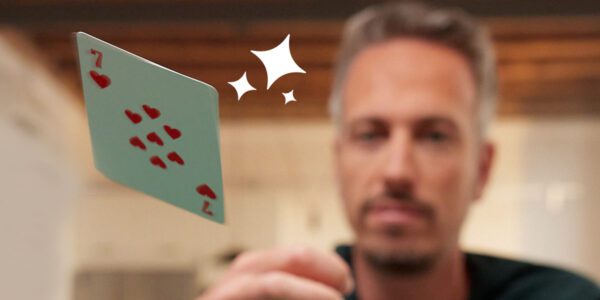C-Betting in 2020 – Part 5
Sizing Up on Dynamic Flops
Today, we move on from the rigid king high flop, where nothing much ever changes, to the volatile world of low or drawier flops, where lots of turn cards can shake things up. We shall see that the pre-flop raiser is incentivised to use bigger bets in most of these situations.
What are Dynamic Flops?
You might think that dynamic flops are the opposite of the static flops, but that’s not quite right. Think of it as more of a scale.
- On the left, you have the static flops where the best hands are usually already established and are not vulnerable.
- On the right, you have the soaking flops where flushes, straights, and/or plenty of two pair is already possible on the flop. The strongest one-pair hands are less valuable here.
In the middle of these two extremes, you have the dynamic flops. These boards are not terrifying for strong pairs, at least not yet. Overpairs and top pair are still very strong hands on a dynamic flop, but they may not remain that way for long on many turn and river configurations. Examples of dynamic flops are boards like:
9♦ 6♠ 2♥ – This is not exactly a flop we’d call ‘wet’. We reserve that term for boards offering more draws to very strong hands. However, this is flop is very dynamic because when you hold a decent pair like K9 or TT, there are a lot of turn cards that drastically devalue your hand and how much value it can extract from worse.
Q♣ 10♣ 6♠ – This flop, like the one above, is good for the pre-flop raiser’s range. The big blind caller does not equalise too much, but he has the chance of catching up to our top pairs and overpairs on the next card. There are many possible turn cards which will dramatically alter the hierarchy of hand strength. Thus, the flop is dynamic.
So for a flop to be classed as dynamic, it must be one on which the pre-flop raiser is doing very well, but where many turn and rive cards will significantly alter the board texture, and devalue one pair hands.

The JJ Test
If JJ is both one pair and a good hand on the flop, then you’re looking at a dynamic flop. The static flops were all stuff that would devalue JJ. They contained a very high card and/or a pair. This is a great test for understanding flop dynamism. However, be careful: just because all boards where one pair JJ is a good hand are dynamic, does not mean that JJ is going to be a good hand on all dynamic flops.
All cats are animals, but not all animals are cats.
Some high boards that devalue JJ are also dynamic, if they contain flush and straight draws, for example, K♥ 10♥ 4♦ . JJ is not a strong hand here, but the flop is dynamic. Top pair is a strong but vulnerable hand.
The Dynamism Rule
A flop is dynamic if, and only if, top pair is a strong but vulnerable hand.
If you follow this rule, you cannot go wrong in recognising dynamism.
Urgency
Dynamic flops increase the urgency of building the pot right now. In part 4, we learned that on static flops, we could wait before trying to build huge pots with our strong hands. There was little risk of being outdrawn and little risk of the board running out in a way that might deter Villain from calling future bets.
However, when you open the BU and get called by the BB, on a dynamic board like 8♠ 7♠ 2♦ , your A♥ 8♥ is both very strong and very vulnerable. You want to price out certain hands in Villain’s range and maximise the value you can get now.
- You can maximise vs. a draw by betting large while it still has a reason to call (before it misses the turn/river.)
- You can maximise vs. a worse pair by betting large before a draw gets there or an overcard falls.
Betting Mostly Big
On these flops, the hands you laud over your opponent as a pre-flop raiser (like overpairs and top pairs with good kickers) want to c-bet large. I recommend using mainly 70% pot-sized bets on these flops and betting plenty of value hands and bluffs for this sizing. If you also want to use a smaller bet of 33% of the pot, then the hands to do this with are weaker pairs, and bluffs with less potential to improve. Another way of playing these flops is just to use the large bet with good hands and bluffs, and then check the hands that are too hopeless or too middling to want to bet big. This is known as having a polarised c-betting range.
Some regulars prefer to lazily simplify to using only small bets on every flop, but that strategy costs some money on boards like these. You might also find that if people are more used to facing small bets in your games, then they handle the larger bets badly. Perhaps they fold too often. If this is the case, you can always unbalance your range by betting bigger hands smaller and bluffs larger. However, this is an exploitative strategy that needs a read.
Summary
- Dynamic flops are in between static and soaking flops.
- If JJ is one pair and a good hand, then the flop is dynamic.
- If a flop is dynamic, then top pair is both strong and vulnerable.
- We have higher urgency to build the pot quickly on dynamic boards due to all the turn and river possibilities that ruin the hand strength of one-pair.
- We shall predominantly use 70% pot sizing on dynamic flops, but certain parts of our range (middling or hopeless) might prefer to bet smaller or check.
View Other Blogs




